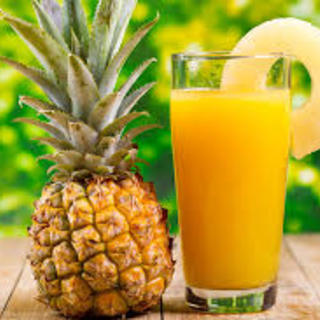
hanitb2009
Allegany College of Maryland
0 Followers
0 Following
1 Helped
hanitb2009Lv3
10 Aug 2021
Answer: 2.01
hanitb2009Lv3
10 Aug 2021
Answer: highe rate
hanitb2009Lv3
10 Aug 2021
Answer: a=1 p=3.23
hanitb2009Lv3
10 Aug 2021
Answer: e-4
hanitb2009Lv3
10 Aug 2021
Answer: i think at last day in the week
hanitb2009Lv3
10 Aug 2021
Answer: 2.8
hanitb2009Lv3
10 Aug 2021
Answer: 12
hanitb2009Lv3
10 Aug 2021
Answer: lfb =5
hanitb2009Lv3
10 Aug 2021
Answer: 2.1x10^-3
hanitb2009Lv3
10 Aug 2021
Answer: c
hanitb2009Lv3
10 Aug 2021
Answer: N3-, N2-, N-, N ,N+
hanitb2009Lv3
10 Aug 2021
Answer: 8.03%
hanitb2009Lv3
10 Aug 2021
Answer:HYDROGEN BONDS
hanitb2009Lv3
10 Aug 2021
Answer: 65
hanitb2009Lv3
10 Aug 2021
AnsweCUCL2r:
hanitb2009Lv3
10 Aug 2021
Answer: 43%
hanitb2009Lv3
10 Aug 2021
Answer: HCCL
hanitb2009Lv3
10 Aug 2021
Answer: 53.098
hanitb2009Lv3
10 Aug 2021
Answer: C6h6
hanitb2009Lv3
10 Aug 2021
Answer: n = pv/RT =2.3
hanitb2009Lv3
10 Aug 2021
Answer: 24
hanitb2009Lv3
10 Aug 2021
Answer: 297 gram
hanitb2009Lv3
10 Aug 2021
Answer: 25
hanitb2009Lv3
5 Aug 2021
Answer: 44
hanitb2009Lv3
5 Aug 2021
Answer: 8 2.3x10-3
hanitb2009Lv3
5 Aug 2021
Answer: 22%
hanitb2009Lv3
5 Aug 2021
Answer: 44c
hanitb2009Lv3
5 Aug 2021
Answer: yes
hanitb2009Lv3
5 Aug 2021
Answer: no
hanitb2009Lv3
5 Aug 2021
Answer:1-sodium bromobutane
hanitb2009Lv3
5 Aug 2021
Answer: 0.046 mol
hanitb2009Lv3
5 Aug 2021
Answer: cis
hanitb2009Lv3
5 Aug 2021
Answer: 6 66 96
hanitb2009Lv3
5 Aug 2021
Answer: 22
hanitb2009Lv3
5 Aug 2021
Answer: 233.8
hanitb2009Lv3
5 Aug 2021
Answer: 1.8
hanitb2009Lv3
4 Aug 2021
Answer: 50 ml Step-by-step explanation: molar mass ca = 40 g/mol molar mass c=...
